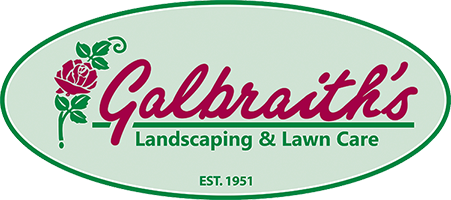This is a collection of some of our most asked questions.
Answer: New plants should be checked for water needs every two or three days, unless the weather conditions require checking daily, for the first 12 months. After 12 months water as needed.
Answer: Pull the mulch back with your hand and feel the soil underneath. If the soil is dry or powdery then the plant will need water. If the soil under the mulch is moist or cool then the plant is sufficiently moist. Recover the inspected area with mulch when done.
Answer: On most plants smaller than 2 feet tall 15-20 seconds of hose time is enough. For plants from 2 -6 feet, 40 seconds of water will work. For plants 6+ Feet then 60-90 seconds will be needed. When you water try not to use spray nozzles this drastically cuts down on the amount of water reaching the roots of the plant.
Answer: Before you do anything, check the soil under the mulch and water if needed. If the soil underneath is wet, then your plant is getting too much water. Plants will wilt because of both too much water as well as not enough water. That is why it is so important to check the plant before you just start watering. We cannot stress this enough. During droughts we see people lose as many plants to over-watering as to the drought.
Answer: First, pull the mulch away from the plant and leave it away for a couple of dry days. Mulch acts like a blanket over the soil preventing water from evaporating. By pulling it away you greatly increase the amount of drying. Once the plant dries out you can replace the mulch and continue your monitoring of the moisture. If the soil does not dry out after a day or two, then you will need to gently remove the plant from the ground and raise it up with fresh soil underneath then cover with mulch after you get it replanted. If your plant still struggles with too much water after you raise it then you will need to move it to another area of your landscape and replace it with a more water tolerant selection.
Answer: Fertilizer should be applied to landscape plants in April, June, and August. Some fertilizer recommendations vary widely so follow the directions on the label if you have questions. Do not apply fertilizer to plants after the 1st of September. This will allow the plants to harden off for winter naturally.
Answer: All fertilizers pretty much work the same way. Either organic fertilizers or synthetic fertilizers will help a new plant become both established and attractive. Look for the set of 3 numbers on the labels when shopping for fertilizer. These are the NPK analysis numbers and it will tell you how concentrated the fertilizer is. The numbers will look like this: 20-15-15. The first number is the Nitrogen available in the fertilizer. Nitrogen stimulates the growth of leaves and branches. The second number is the Phosphorus concentration available. Phosphorus helps a plant by stimulating root growth. It also increases amount of blooms and the longevity of the blooms. The final number is the Potassium or Potash available in the fertilizer. Potassium helps plants use water and resist drought. It promotes healthy green leaves and enhances the size of fruits and vegetables.
Generally we recommend using a slow-release granular fertilizer on new plants for the first two years. Avoid high Nitrogen fertilizers. Anything over 12 available Nitrogen. We recommend this because you want to establish a strong root system before you actively promote leaf and stem growth. This will make it easier for your new plants to survive the heat and droughts that our summers have been know for. After the first two years you can switch to high Nitrogen foliar applied fertilizers or fertilizer stakes safely.
Answer: That entirely depends on which plants you are pruning. Each plant has a best time and pruning size that best suits it. A rule of note though, Do not do heavy pruning in the fall. This weakens the hardiness of the plant. Late winter or early spring is the ideal timing for most plants to be pruned back.
